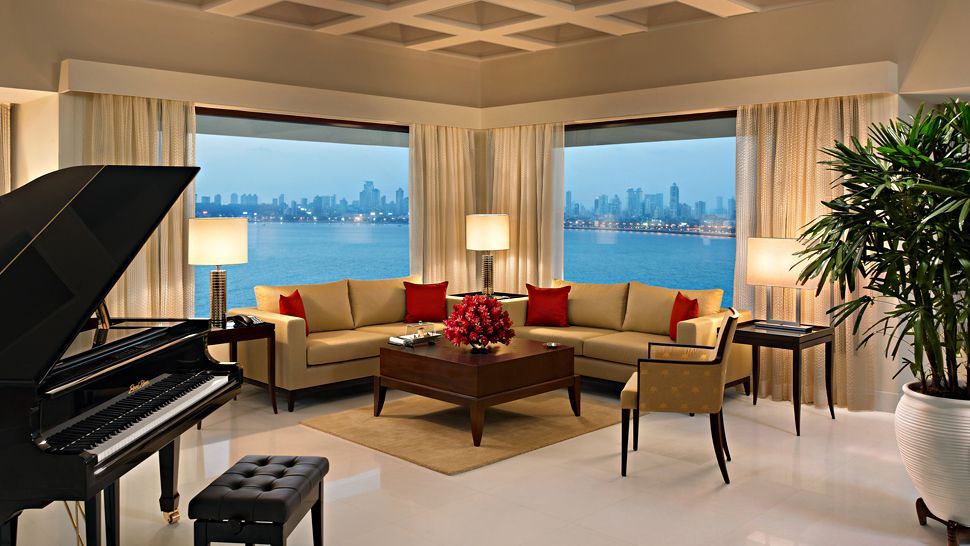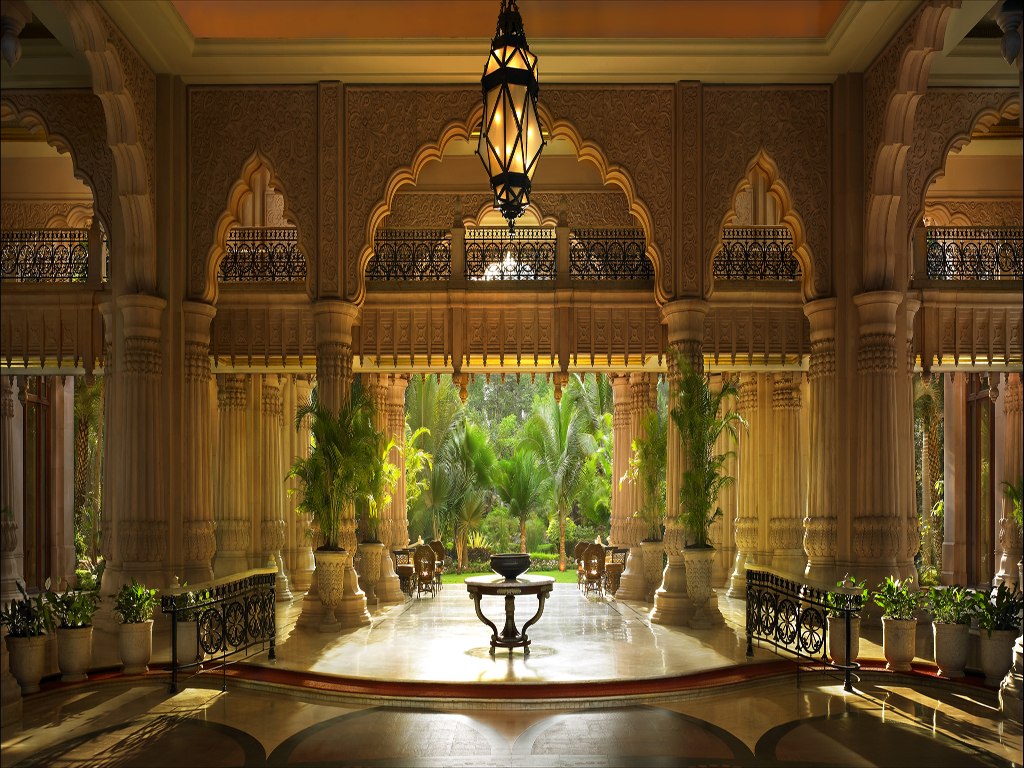In their report on India’s hospitality sector, HVS Hospitality Services dissects the workings of the industry and looks at the opportunities that lie ahead. The good news: more the supply of hotel rooms in India, more the sector is likely to grow.
Taj Club Room
A couple of months ago, HVS Hospitality Services released a report on India’s burgeoning hospitality industry. And their findings are significant.
According to the report, over the past decade, the branded supply of room nights in India has risen by 142 per cent, while room night demand has increased by 150 per cent. During this period, we have also witnessed a 10 per cent compounded annual growth rate in the supply of branded room nights, accompanied by an 11 per cent compounded annual growth rate in demand. The strong positive correlation between the growth in supply and demand is indicative of the presence of a significant amount of un-accommodated demand.
Interestingly, while the metros witnessed a 15 per cent increase in supply in 2012-13, demand exhibited a strong increase of 12 per cent during the same period, one of the strongest demand increases across any market in the world. However, analysis of the Indian market indicates that the Indian hospitality industry has thrived in the past despite significant increases in supply, with such supply increases actually resulting in strong growth in demand.
Future Supply
The proposed supply of branded hotels in 2007-08 was 114,466 rooms, which declined to 94,115 rooms in 2008-09 due to the economic downturn. The decline continued through 2009-10 with the total proposed supply amounting to only 89,499 rooms. As the economy strengthened the proposed supply grew to 102,438 in 2010-11 and now stands at 150,0000.
An interesting point to note is the shift in the composition of this supply. Traditionally, India has been associated with the development of luxury and upscale hotels. In our report in 2010, proposed luxury and upscale hotel supply constituted 50 per cent of the total new supply expected to enter the market in the next five years. In 2011, this number had dropped to 45 per cent giving way to increased development in the mid-market and budget space. Going forward, this year’s survey reaffirms this trend with the luxury and upscale segments now accounting for only 43.7 per cent of the total proposed supply across the country. In our opinion, such a trend bodes well for the hospitality industry at large as the availability of lodging options across all price points will encourage and enable more Indians to travel within the country and thereby increase demand for the industry.
Oberoi Hotel, Mumbai
Future Trends
Our analysis of hotel performance data for the past 17 years reveals that except for 2008-09, we have not seen room night demand decline in the country, and any declines in occupancy levels have been a result of supply increasing faster than demand. It is therefore very important to track future supply when projecting future performance for any market. Our current analysis reveals that unlike previous cycles where significant number of hotel rooms entered the markets in very short periods of time, future supply is now more evenly spread out and should have a less detrimental impact on market-wide occupancy levels.
Another trend that we have observed and that will become more relevant in the future is the nature of capital that is now flowing into the Indian hospitality industry. Historically, while a majority of hotel development was funded either by high net-worth individuals or real estate firms, we are now increasingly seeing institutional players invest in the hospitality space, especially in the budget and mid-market space. Investment by such layers brings with it a disciplined approach to the process, with any investment based on thorough market research and due diligence, generally ensuring that unfeasible projects are not developed on a whim and that new supply is not added to markets indiscriminately.
Such an approach will ensure that any development is purely based on Return On Investment (ROI) instead of Return On Ego (ROE) and also inspire confidence amongst lenders and other stakeholders. While institutional investors are very focused on maximising operational margins, they are just as committed to development costs of the hotels they build.
Opportunities
We continue to believe that there are significant opportunities across hotel positionings in the MICE segment. While they wait for the development of full-fledged convention centres across various cities, hotel developers are increasingly taking matters into their own hands and building hotels with extensive meeting and conference facilities. The ITC Grand Chola in Chennai and the Sheraton and Vivanta by Taj in Bengaluru are some examples of this phenomenon. We believe that there is need for meeting and conferencing facilities across Tier 1 and Tier 2 cities and investors should look into the potential of this segment in their respective markets and capitalise on the opportunity.
Leela Palace Kempinski, Bangalore
An interesting development is currently unfolding for Indian tourist destinations. According to our research and discussion with some of the larger tour operators, HVS is aware that there is a buyer-pressure for India, which is building. With the recent troubles in the Middle East, countries like Egypt, Syria, Lebanon and Jordan that used to attract a fair number of western tourists and also Russians tour groups, are no longer seen as safe destinations for tourism. Thus, these large tour operators are looking for alternate destinations and India possibly could be a beneficiary but for its lack of adequate tourism infrastructure. The basic problem is that hot spots like Goa simply do not have enough capacity to absorb these tourists, as we are talking about a few million tourists that need to be accommodated in a single season. While this may be a temporary phase there is an opportunity to convert this demand into a stable source of business for hotels and make it a long term trend.
Traditionally, Goa has been the favourite hot spot for leisure tourism in India. However, a heartening development has been the emergence of Kashmir as a destination for local tourists. Two hotel chains – Vivanta by Taj and LaLiT have opened hotels here and they are both exceeding market expectations. We hope that in times to come, more people will consider developing hotel products in Kashmir as it has tremendous potential and will also help bring normalcy back to the region. In the south in Kerala, Bekal is becoming a new hot destination. Two new hotels, again Vivanta by Taj and the LaLiT, are providing a unique new holiday experience to guest travellers. We believe that developing good upscale hotels in new leisure locations is a growing trend and will help to expand tourism into India.





